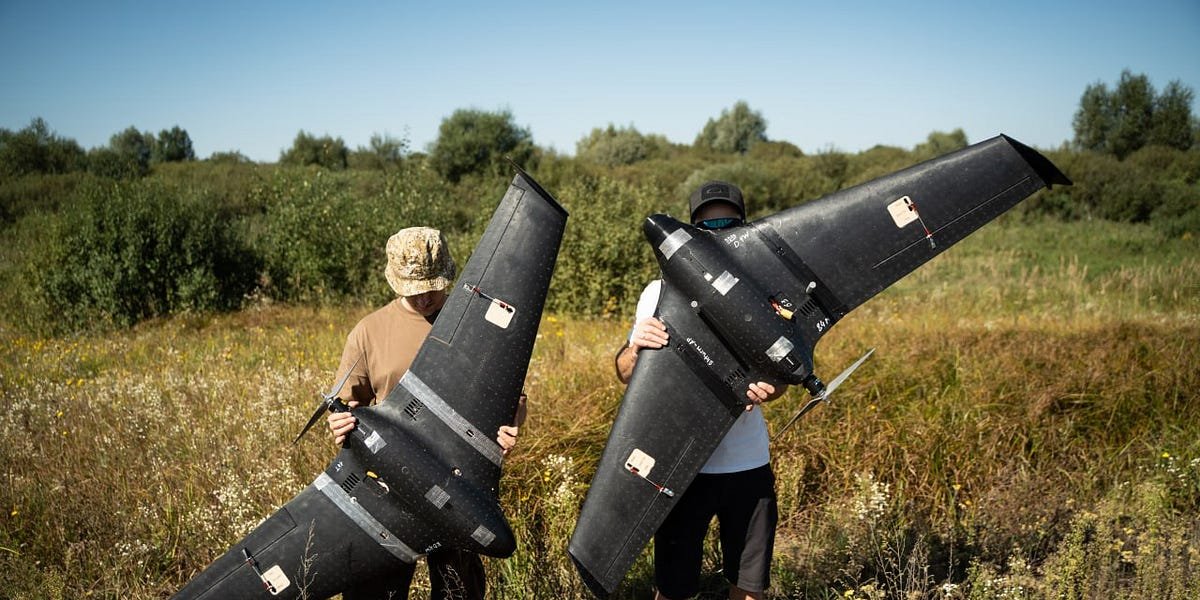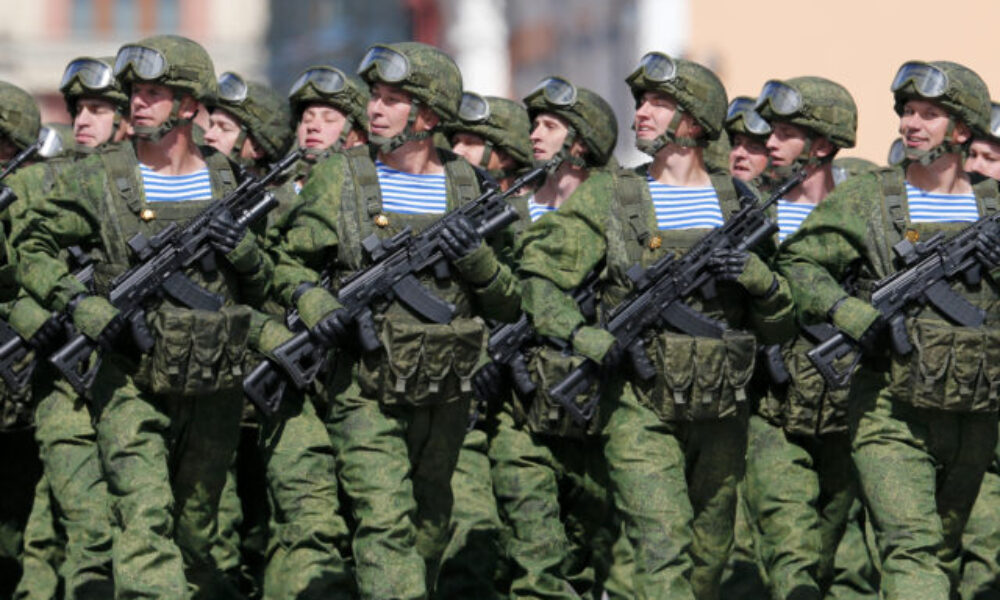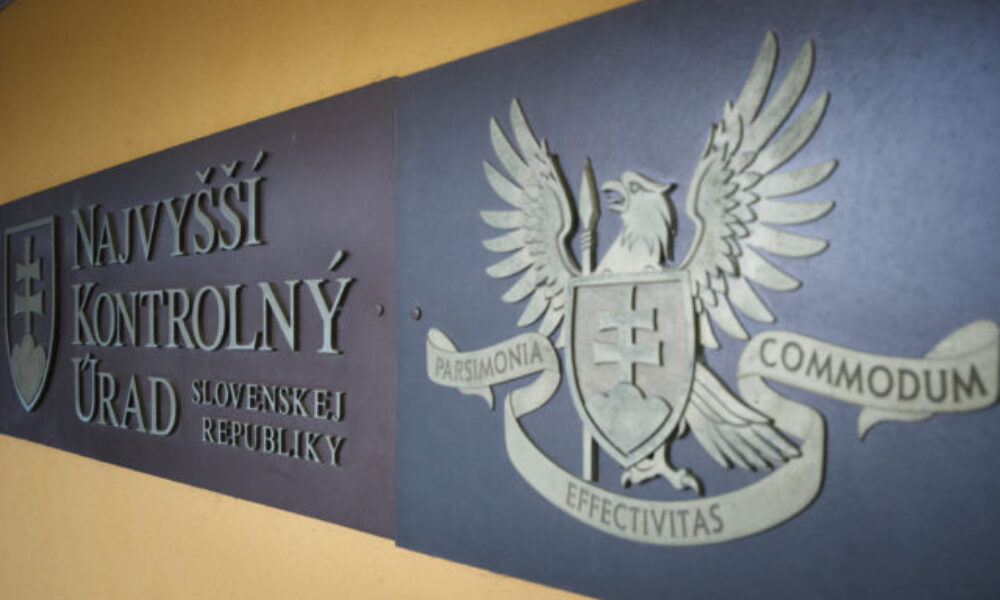
While the eastern flank of NATO is deciding what to do with a handful of Russian dummy drones, Ukrainian startups are raising millions of dollars for drone swarm technologies, moving toward AI-enabled interceptors, and mass-producing UAVs with terminal guidance modules. In fact, there are expectations that the most frontline drones will be fitted with similar autonomy systems within six to nine months. Drone technologies in Ukraine are progressing rapidly, but so are those in Russia.
In this edition:
-
Russian Gerberas: What Made Those Drones Reach Poland;
-
Global Starlink Outage: How Important This Is for Ukraine;
-
Autonomous Technologies in Ukraine: New Developments;
-
How Ukraine’s Operation Spiderweb Affected Russia’s Strategic Bomber Fleet.
Thank you for reading and supporting my work!
Russian Gerberas: What Made Those Drones Reach Poland
On 15 September, Poland’s FM Sikorski confirmed that all Russian drones that entered Polish airspace on 10 September were “dummies” — without warheads. Based on photos, they appear to have been Russian “Gerbera” UAVs.
These drones, made from very cheap materials, plywood and foam, can also carry a warhead of up to 5 kg or reconnaissance equipment.
The Gerbera UAV is a simplified version of the Iranian Shahed-136 kamikaze drone. Russians have been using Gerberas en masse since 2024 to wear down Ukraine’s air-defence systems.
By size, the Gerbera drones are similar to Shaheds, with a wingspan of about 2.5 m. However, Shaheds are far more dangerous: they carry warheads of roughly 40 kg (upgraded variants up to 90 kg), while the Gerbera can lift only about 5 kg of explosive payload.
Gerbera drones typically have a range of up to 600 km, but to extend that distance, the Russians fit them with additional soft-polymer fuel tanks — exactly those types of tanks were found on the drones that reached Poland.
The drones found in Poland were also fitted with Iranian CRPA satellite navigation antennas (Tallysman) to counter EW. After clarifications, Polish authorities said at least 21 drones were located, of which only four were shot down.
Gerberas in Ukraine are usually not shot down to avoid wasting air defence resources. These UAVs typically end up in the Ukrainian Air Force’s statistics as “locationally lost.”
These drones are significantly slower than Shaheds in terms of speed. “To avoid overloading our air-defence systems, there is a speed-selection mode. If you set the equipment parameter to ‘do not display targets moving at speeds below 150 kilometres per hour,’ no one will monitor them and they will be locationally lost,” Ukrainian expert Romanenko explained. “You don’t know which ones carry warheads and which don’t. But if you spend air-defence resources on all 200 Gerberas, the Russians will have achieved their goal,” he added.
The Kyiv Independent reported that Russia’s far-western city of Bryansk is the closest launch point to Western Europe, lying less than 600 km from the borders of Lithuania and Latvia. Further south, Russia also launches drones from occupied Crimea.
At their estimated ranges, these attack drones could put almost all European NATO members within reach.
In their report Countering the Swarm for CNAS, Stacie Pettyjohn and Molly Campbell note that the counter-drone mission entails much more than simply air defense and cannot be relegated to traditional, isolated air defense formations. The report concludes that there is no silver bullet capability that can defeat all drones. In their recommendations, the authors stress the need for a layered system of active defenses. When integrated, multiple different types of sensors and effectors can compensate for the weaknesses of any one system, and collectively find, track, identify, and defeat drones.
Global Starlink Outage: How Important This Is for Ukraine
For the second time, Starlink has experienced a global outage. Connectivity is gradually being restored. The outage was also reported along the entire front line by the commander of Ukraine’s Unmanned Systems Forces, Robert “Madyar” Brovdi.










